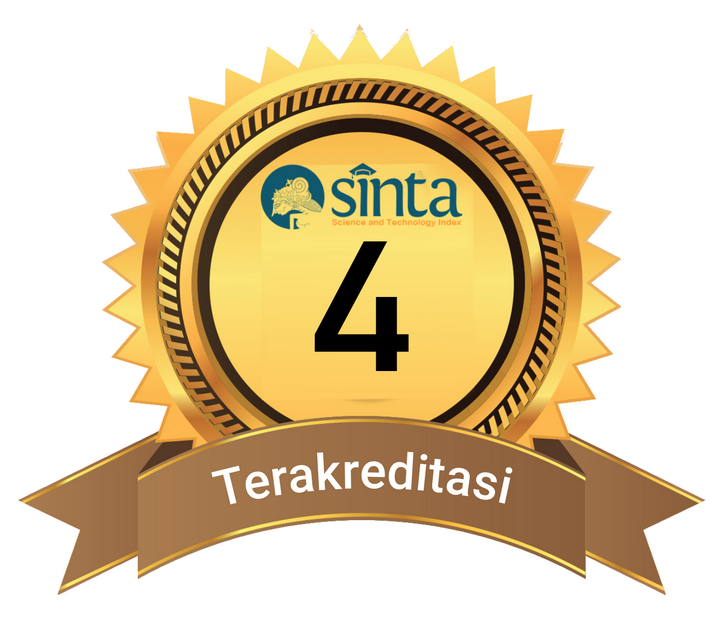Study on the Optimization of Implementation Time for the Construction of the Baraka Sports Facility Center (APBD PEN) Kab. Enrekang South Sulawesi
DOI:
https://doi.org/10.30736/cvl.v9i2.1206Keywords:
Time Optimization, Construction Projects, Manpower, Critical PathsAbstract
In some projects, there are often delays in the completion of work, especially during construction work. To reduce the occurrence of cost overruns, it is necessary to optimize work time that is more carefully planned so that work delays can be avoided. In the field of construction engineering, the Microsoft Project application is used to manage plans or task times so that an ongoing project can be evaluated according to all stages of tasks in the project. The implementation of the Baraka Sports Facilities Center Development Project in June to July 2022 shows the time or duration of the planned implementation of the roof work for 37 calendar days and after analyzing the data using Microsoft Project, the optimization time is 32 calendar days. For 32 days, by increasing the number of workers, the following adjustments were made to improve efficiency: a. For SCH 20, 4” pipework, 3 welders and 3 additional workers were added; b. For batten work with CNP 150.50.20.2, 3 craftsmen and 3 additional workers were added; c. For bitumen asphalt roof covering work (CTI), 7 workers and 7 handymen were added; d. For bitumen asphalt work, 1 worker and 1 handyman were added.
Downloads
References
T. J. Trauner, Construction delays: Understanding them clearly, analyzing them correctly. Butterworth-Heinemann, 2009.
A. R. Alhajri and A. Alshibani, “Critical factors behind construction delay in petrochemical projects in Saudi Arabia,” Energies, vol. 11, no. 7, p. 1652, 2018.
A. A. Fashina, M. A. Omar, A. A. Sheikh, and F. F. Fakunle, “Exploring the significant factors that influence delays in construction projects in Hargeisa,” Heliyon, vol. 7, no. 4, 2021.
S. Durdyev and M. R. Hosseini, “Causes of delays on construction projects: a comprehensive list,” Int. J. Manag. Proj. Bus., vol. 13, no. 1, pp. 20–46, 2020.
J. M. Hussin, I. A. Rahman, and A. H. Memon, “The way forward in sustainable construction: issues and challenges,” Int. J. Adv. Appl. Sci., vol. 2, no. 1, pp. 15–24, 2013.
R. O. Asiedu, E. Adaku, and D.-G. Owusu-Manu, “Beyond the causes: Rethinking mitigating measures to avert cost and time overruns in construction projects,” Constr. Innov., vol. 17, no. 3, pp. 363–380, 2017.
A. Affandi et al., “Optimization of MSMEs empowerment in facing competition in the global market during the COVID-19 pandemic time,” Syst. Rev. Pharm., vol. 11, no. 11, pp. 1506–1515, 2020.
M. Taghipour, F. Seraj, M. A. Hassani, and S. Farahani Kheirabadi, “Risk analysis in the management of urban construction projects from the perspective of the employer and the contractor,” Int. J. Organ. Leadersh., vol. 4, pp. 356–373, 2015.
V. B. ORONI, “PROJECT PLANNING AND PROJECT CYCLE IN SUCCESSFUL IMPLEMENTATION OF DEVELOPMENT PROJECTS: A CASE OF LEVEL TWO HOSPITALS INFRASTRUCTURE PROJECTS IN KIMININI SUB-COUNTY, TRANS NZOIA COUNTY, KENYA.” The Catholic University of Eastern Africa, 2023.
N. Talpur, S. J. Abdulkadir, H. Alhussian, M. H. Hasan, N. Aziz, and A. Bamhdi, “Deep Neuro-Fuzzy System application trends, challenges, and future perspectives: A systematic survey,” Artif. Intell. Rev., vol. 56, no. 2, pp. 865–913, 2023.
H. Snyder, “Literature review as a research methodology: An overview and guidelines,” J. Bus. Res., vol. 104, pp. 333–339, 2019.
O. M. ElSahly, S. Ahmed, and A. Abdelfatah, “Systematic review of the time-cost optimization models in construction management,” Sustainability, vol. 15, no. 6, p. 5578, 2023.
C. Schröer, F. Kruse, and J. M. Gómez, “A systematic literature review on applying CRISP-DM process model,” Procedia Comput. Sci., vol. 181, pp. 526–534, 2021.
I. Jus’at, “Nutritional anemia: Limitations and consequences of Indonesian intervention policy restricted to iron and folic acid,” Asia Pacific, vol. 54, no. 2007/8, p. 55, 2020.
D. C. Watkins, “Rapid and rigorous qualitative data analysis: The ‘RADaR’ technique for applied research,” Int. J. Qual. Methods, vol. 16, no. 1, p. 1609406917712131, 2017.
J. Bell and S. Waters, Doing Your Research Project: A guide for first-time researchers. McGraw-hill education (UK), 2018.
S. Daley, Project 2013 in depth. Que Publishing, 2013.
J.-K. Choi, D. Thangamani, and K. Kissock, “A systematic methodology for improving resource efficiency in small and medium-sized enterprises,” Resour. Conserv. Recycl., vol. 147, pp. 19–27, 2019.
J. Kundu, T. K. Bishoi, M. Bhattacharya, and A. Chowdhury, “Project management software–an overview,” Int. J. Curr. Innov. Res., vol. 1, no. 6, pp. 129–135, 2015.
B. Lehner and G. Grill, “Global river hydrography and network routing: baseline data and new approaches to study the world’s large river systems,” Hydrol. Process., vol. 27, no. 15, pp. 2171–2186, 2013.
J. A. W. SANTAMARIA, “DEVELOPMENT OF A PROJECT MANAGEMENT METHODOLOGY FOR AUTOMATION PROJECTS ACCORDING TO PMBOK GUIDE 6 EDITION.” UNIVERSIDAD PARA LA COOPERACION INTERNACIONAL, 2020.
G. Cicala and G. Cicala, “Monitoring and Controlling—The Project Manager’s Functions,” Proj. Manag. Guid. to Microsoft Proj. 2019 Cover. Stand. Prof. Server, Proj. Web App, Off. 365 Versions, pp. 367–403, 2020.
L. Malaeb, K. Aboughali, and G. M. Ayoub, “Modeling of a modified solar still system with enhanced productivity,” Sol. Energy, vol. 125, pp. 360–372, 2016.
Downloads
Published
How to Cite
Issue
Section
License
Copyright (c) 2024 Fatmawaty Rachim, Mahyuddin, Fitriah, Erdawaty

This work is licensed under a Creative Commons Attribution-ShareAlike 4.0 International License.
Authors who publish in this journal agree to the following terms:
-
- Copyright on any article is held by the author.
- The author grants the journal first publication rights with the work licensed concurrently under a Creative Commons Attribution License that allows others to share the work with an acknowledgment of authorship and initial publication of the work in this journal.
- Authors may make separate, additional contractual arrangements for the non-exclusive distribution of the journal's published version of that journal (for example, posting it to an institutional repository or publishing it in a book), with an acknowledgment of its initial publication in this journal.
- Authors are permitted and encouraged to post their work online (for example, in an institutional repository or on their website) before and during the submission process, as doing so can lead to productive exchange, as well as earlier and greater citation of the published work.
- Published articles and related materials distributed under a Creative Commons Attribution-ShareAlike 4.0 International License
Civilla (Jurnal Teknik Sipil Universitas Islam Lamongan) by Universitas Islam Lamongan is licensed under a Creative Commons Attribution-ShareAlike 4.0 International License.
Based on a work at https://jurnalteknik.unisla.ac.id/index.php/CVL/index








